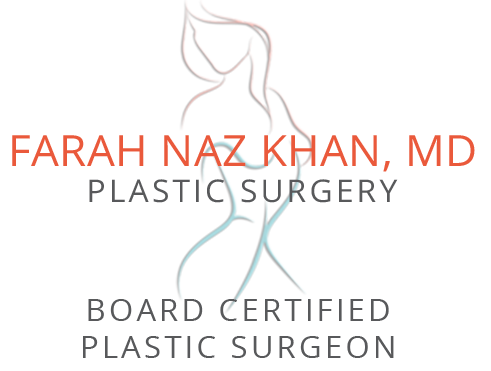
Model, not actual patient.
Nose reshaping cosmetic surgery, also known as rhinoplasty, can treat aesthetic problems related to the nose as well as functional issues that may affect an individual’s ability to breathe properly.
This procedure can improve the nose shape and size, making it more proportional to the other facial features. Various nose surgery techniques are available today to address the specific requirements of different patients.
Types of Functional Rhinoplasty
Treating a Deviated Septum
The nasal septum refers to the cartilage and bone that bifurcates the nasal cavity into two identical parts. The septum may bend on one side creating an S-shape, or externally leading to a C-shape.
The area at which the septum bends will determine if the surgeon will reshape the upper bony part of the septum near the top of the nose or the lower cartilaginous area.
At times, the septum may move off the frontal nasal spine in a condition known as a septal deviation. To treat such cases, the surgeon will need to move the septum and realign its base with the frontal nasal spine.
Turbinate Rhinoplasty
This surgery can address turbinates that may have become enlarged due to irritants and allergies. At times, a turbinate may constrict if the deviated septum pushes it to one side.
Consequently, the opposite turbinate becomes enlarged to compensate for the constricted turbinate. This condition may lead to further breathing obstructions but can be corrected with turbinate rhinoplasty.
Nasal Polyps
Nasal polyps also occur due to allergies and other irritants. They are benign growths that develop within the airway of the nose and appear as soft, jelly-like bulbs. To remove these polyps, the surgeon will use a snare instrument to access the nose carefully from within and eliminate the offending polyp.
Types of Cosmetic Rhinoplasty
Correcting the Radix
The bony upper portion of the nose is known as the radix. The cartilage and radix in the nose may be substantial causing a bump. A shallow radix could cause a bump or a depression. The surgeon will reduce the radix by meticulously shaving off small portions.
Straightening a Crooked Nose
In case the patient’s nose is slightly crooked, the surgeon can straighten it by eliminating some amount of bone and cartilage. They may also move tissue to address this condition.
Tip Rotation and Reduction
In case the nose has a poor definition or appears overly defined, it may have an improper rotation. Rotation is the downward or upward turn of the nasal tip. The surgeon will assess the nasal base cautiously while adjusting the tip via cartilage reshaping.
Ethnic Rhinoplasty
People with ethnic characteristics including a broad nose are increasingly considering rhinoplasty plastic surgery. Patients of African and Asian heritage typically seek ethnic rhinoplasty to reduce their nasal width.
To schedule a consultation with Board Certified Dallas Plastic Surgeon, Dr. Farah Khan please call 469-437-5426 or click here to contact us.

